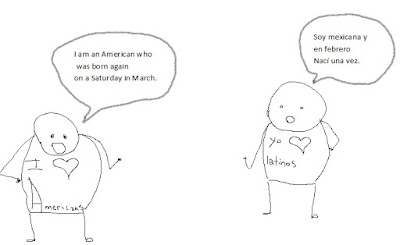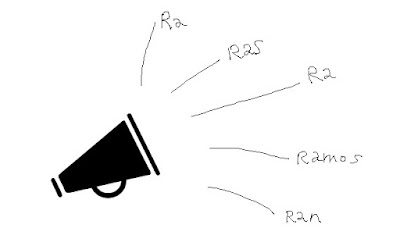¡ and ¿
Many Spanish students opt to configure their keyboards so that they can type the characters unique to Spanish. However, this is not always appropriate when using someone else's computer. I learned that the hard way doing work in the business center of a B & B in Okoboji, IA.
The code to type the ¡ is Alt key + 0191
The code to type the ¿ is Alt key+ 0161
At first, the code may look random and easy to forget. But look again and you'll see the obvious connection.
The zero is your head sitting down at the computer.
The 1s represent the keyboard.
... and the 9 looks like the upside down exclamation mark and the 6 looks like the upside down question mark
See what I mean: 12345 ¿78¡
















